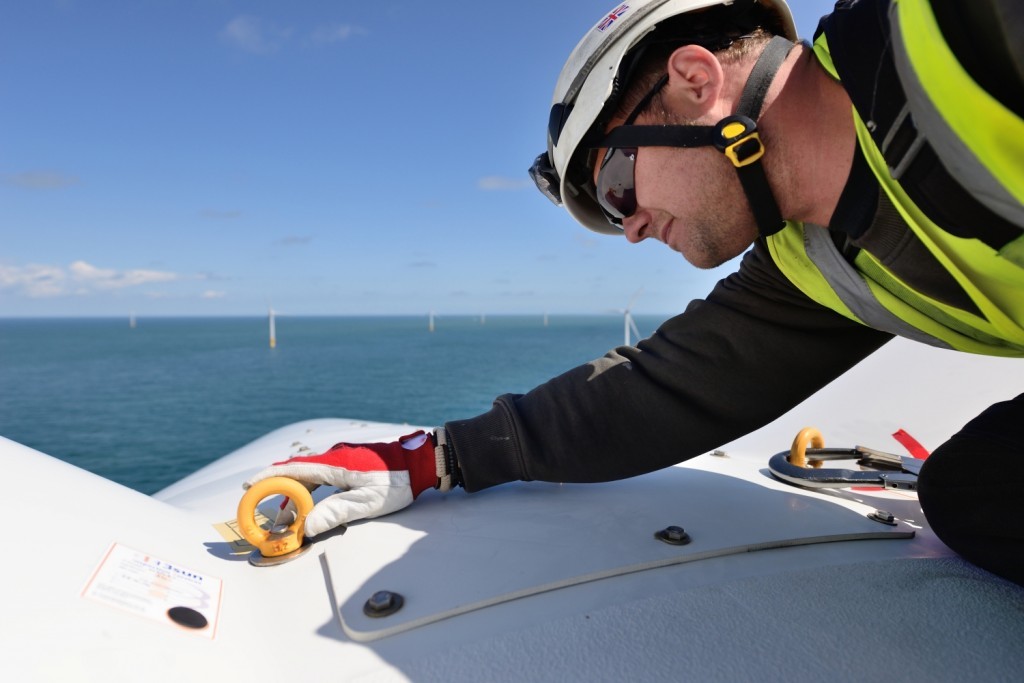
The renewables market has undergone something of a transformation in recent years and is now recognised as one of the major employment hubs across the energy sector. But why has this transformation occurred and what does it mean for skills and the jobs market?
The green energy industry has become a considerably more attractive field than it was just a few years ago and, according to the latest statistics, now employs almost 10m professionals across fields like solar photovoltaic, biofuels and hydropower, amongst others. Perhaps most surprisingly is that many of the individuals filling these positions have relocated from other areas of the energy sector, namely the oil and gas industry.
It goes without saying that the traditional fossil fuel industries have come under pressure from all angles with governments around the world refocusing their investment into renewables, the oil price remaining depressed and exceedingly low levels of capital expenditure all contributing to the situation. Even Trump’s predicted focus on traditional oil and gas sources is unlikely to give the field much respite. These factors combined have meant that jobs have been cut across the fossil fuel industries. It was reported that at least 440,000 people were laid in 2015/16 which included 196,000 support services jobs, 91,000 exploration and production roles and a further 45,000 in drilling.
The green industry might not sound like an obvious choice for people used to working in oil and gas, after all, oil to solar panels isn’t exactly a natural leap, but it’s actually proving to be an attractive destination as opportunities are rife and the arena is growing at a rapid pace. Demand for skills is relatively evenly spread across the globe although it would be fair to say that Asia currently leads the way when it comes to job creation. Approximately 62% of all positions are found within Asia, however there’s also a wide range of major projects currently underway here in the UK, all of which require the expertise of thousands of skilled professionals. Vine Farm solar park, Kilgallioch offshore wind farm, the Meygen tidal energy project and Lynemouth biomass power station all require expertise in numbers and it’s highly likely that many of the individuals who are currently working, and will ultimately work, on these sites will have been recruited from the oil and gas arena.
But what roles are these people actually doing? Firstly, it would be remiss to suggest that a professional with experience of working in oil and gas can just stroll up to a project and find a job. However, while some retraining will likely be required, the opportunities within the renewables field are widespread. As the Energy Industrial Council (EIC), outlines, “Some ways you can diversify from Oil and Gas to wind are through design and engineering work, support structure installation, cable lay, foundation work, offshore substations and operations and maintenance. There are also geological surveys, diving and much more, so there is huge potential to diversify.”
Although the idea of moving from oil and gas and into renewables is still in its infancy, there are already noticeable employment trends appearing. Many shallow water turbines, for example, are supported by steel jacket structures, which are also used in offshore oil and gas, meaning there’s an obvious path for professionals with experience in this field to follow. As the renewables market continues to strengthen and expand in size it’s highly likely that the pace of the green job switch may intensify.
Zoe Isherwood is the Business Development Manager at Fircroft.
